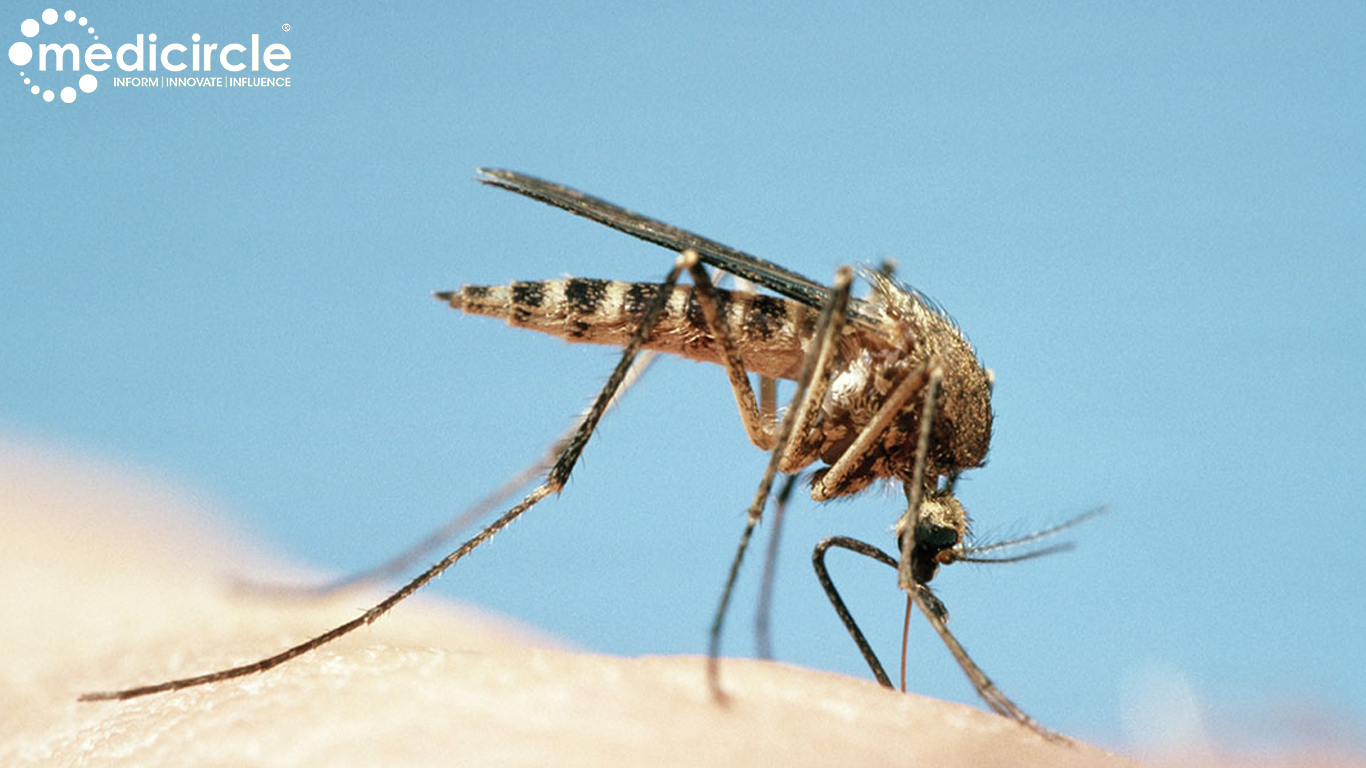KENILWORTH, N.J.--(BUSINESS WIRE)-- (NYSE: MRK), known as MSD outside the United States and Canada, today announced the U.S. Food and Drug Administration (FDA) approved VAXNEUVANCE (Pneumococcal 15-valent Conjugate Vaccine) (pronounced VAKS-noo-vans) for active immunization for the prevention of invasive disease caused by Streptococcus pneumoniae serotypes 1, 3, 4, 5, 6A, 6B, 7F, 9V, 14, 18C, 19A, 19F, 22F, 23F and 33F in adults 18 years of age and older. The approval follows the FDA’s Priority Review of Merck’s application. VAXNEUVANCE is contraindicated for individuals with a history of a severe allergic reaction (e.g., anaphylaxis) to any component of VAXNEUVANCE or to diphtheria toxoid; see additional Select Safety Information below.
The U.S. Centers for Disease Control and Prevention’s (CDC) Advisory Committee on Immunization Practices (ACIP) is expected to meet in October to discuss and make recommendations on the use of VAXNEUVANCE in adults.
VAXNEUVANCE was approved based on data from seven randomized, double-blind clinical studies assessing safety, tolerability, and immunogenicity in adults (see “Clinical Data Supporting FDA Approval” below for additional details). Clinical data showed that immune responses elicited by VAXNEUVANCE were non-inferior to the currently available 13-valent pneumococcal conjugate vaccine (PCV13) for the 13 shared serotypes, as assessed by opsonophagocytic activity (OPA) Geometric Mean Titers (GMTs).
Additionally, immune responses for VAXNEUVANCE were superior to PCV13 for shared serotype 3 and for the two serotypes unique to VAXNEUVANCE, 22F, and 33F. In the pivotal Phase 3 PNEU-AGE (V114-019) study, superiority for VAXNEUVANCE relative to PCV13 was based on statistically significantly greater OPA GMT ratios for serotypes 22F [GMT Ratio 32.52 (95% Confidence Interval (CI) 25.87, 40.88)] and 33F [GMT Ratio 7.19 (95% CI 6.13, 8.43)], as well as for the key secondary objective assessing serotype 3 [GMT Ratio 1.62 (95% CI 1.40, 1.87)]. Randomized controlled trials assessing the clinical efficacy of VAXNEUVANCE compared to PCV13 have not been conducted.
“Some adults, including older adults or those with certain chronic medical conditions or immunocompromising conditions, are at increased risk for pneumococcal disease and its serious, sometimes life-threatening complications,” said Dr. Jose Cardona, Indago Research and Health Center, coordinating investigator for the PNEU-AGE trial. “The FDA’s approval of VAXNEUVANCE is based on robust Phase 2 and 3 studies assessing immune responses in a broad range of adult populations and provides an important new option in protection from invasive pneumococcal disease.”
Pneumococcal disease is an infection caused by bacteria called Streptococcus pneumoniae, or pneumococcus. Different strains of this bacteria are called serotypes. Invasive pneumococcal disease (IPD) occurs when the bacteria infect parts of the body that are usually free from germs. Approximately 80 percent of all adult IPD burden is among adults 50 years of age and older. Serotypes 3, 22F, and 33F contribute significantly to the burden of IPD, and serotype 3 is the leading cause of IPD in adults in the U.S.
“At Merck, we are committed to helping protect more people from invasive pneumococcal disease. That’s why we set out to develop a conjugate vaccine that includes pneumococcal serotypes that pose the greatest threat and elicits a strong immune response to each serotype covered,” said Dr. Roy Baynes, senior vice president and head of global clinical development, chief medical officer, Merck Research Laboratories. “The FDA approval of VAXNEUVANCE builds on Merck’s more than 40 years of experience in pneumococcal disease prevention with a new option that includes serotypes responsible for substantial disease burden in adults, like serotype 3, as well as serotypes 22F and 33F, which are associated with a high degree of invasiveness and antibiotic resistance.”

 Pneumococcal disease is an infection caused by bacteria called Streptococcus pneumoniae, or pneumococcus.
Pneumococcal disease is an infection caused by bacteria called Streptococcus pneumoniae, or pneumococcus.



















.jpeg)












